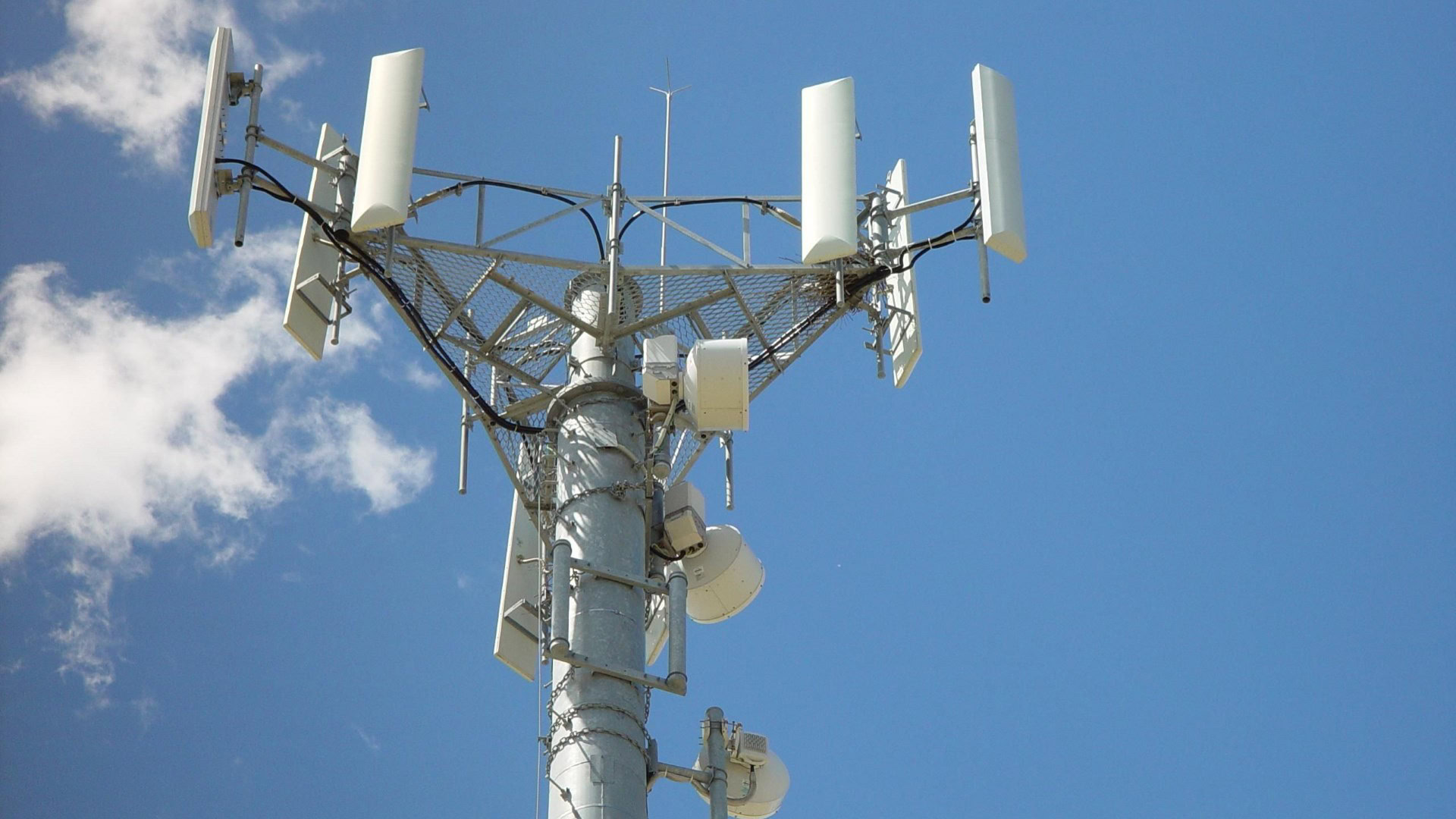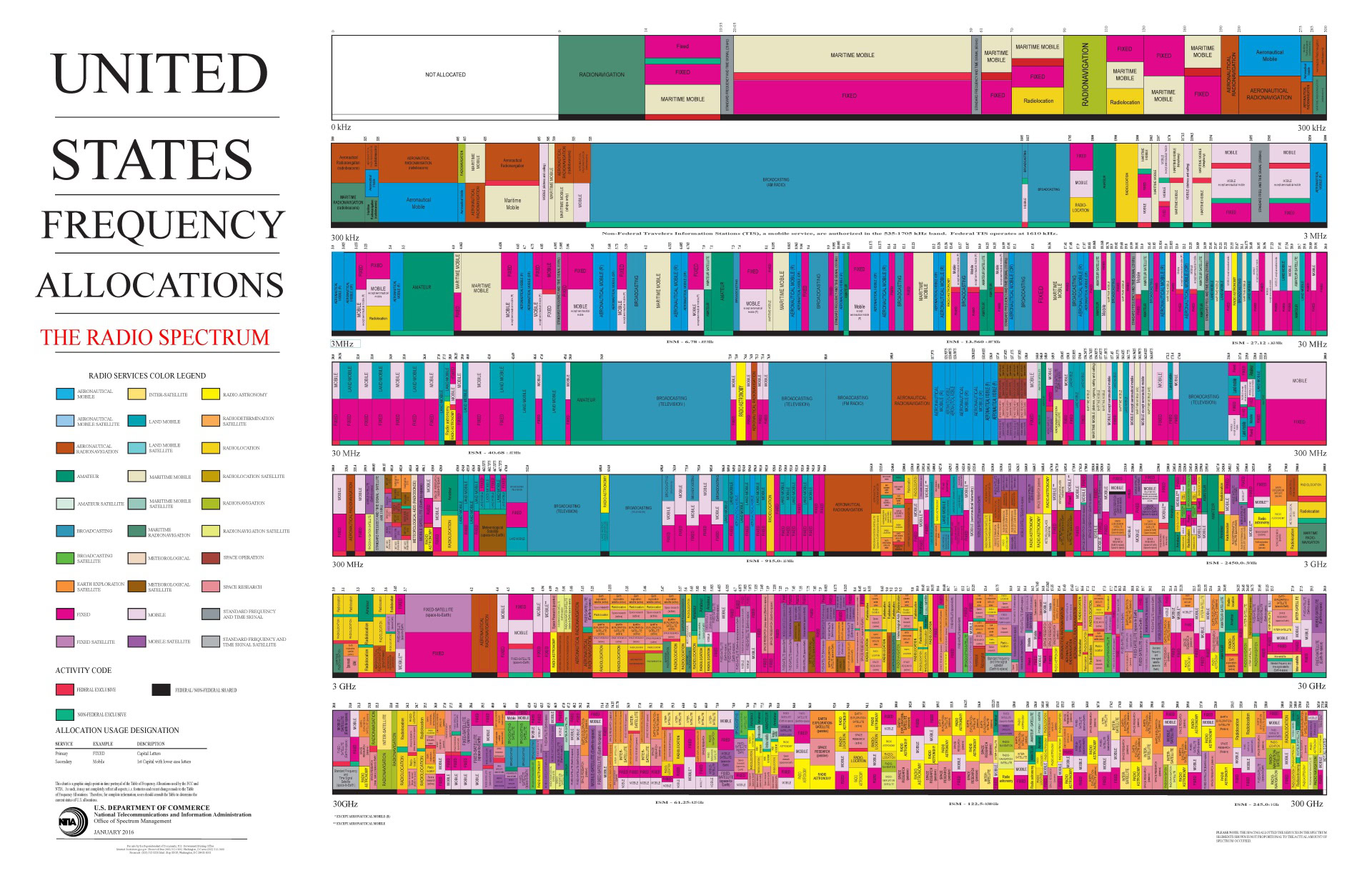Affiliate links on Android Authority may earn us a commission. Learn more.
DARPA wants to use AI to squeeze more bandwidth out of the airwaves
Published onMarch 28, 2016

One interesting/terrifying aspect of today’s modern society is that we have filled the airwaves with a multitude of radio signals. Ever since the pioneering days of Marconi, Braun, and others we have been using more and more of the electromagnetic spectrum to send audio, visual, and data signals. Everything from FM radio to 4G LTE, from digital satellite TV to military communication is all sent via one form of radio or another. The result is that the radio spectrum is full, it is bursting at the seams.
In light of this, DARPA (the Defense Advanced Research Projects Agency) has launched its latest Grand Challenge, this time to bring advanced machine-learning capabilities to the way the radio frequencies are used. DARPA has named the new competition the Spectrum Collaboration Challenge (SC2).
At the moment every type of radio has its own slot in the frequency spectrum. FM Radio is from 88MHz to 108MHz, TV uses lots of different ranges as does 2G, 3G and 4G mobile. On top of that you have radio-location services, military ranges, police bands, satellite transmissions and so on.
The problem is that assigning a fixed range of frequencies is wasteful. There will inevitably be gaps. DARPA’s latest challenge is designed to ensure that we get the best from the increasingly crowded electromagnetic spectrum. The idea is to create smart systems that collaboratively, rather than competitively, adapt in real time to the ever-changing and congested spectrum environment.

These “smart systems” will use advanced machine-learning capabilities and artificial intelligence to optimize the use of the wireless spectrum. Unlike other competitions the winner here won’t be the system which dominates the other competitors, but the one that shares the most intelligently.
To test out the different systems DARPA will build one of the world’s largest-of-its-kind wireless testbeds. It will allow the agency to evaluate the different spectrum-sharing strategies, tactics, and algorithms. Dubbed the “Colosseum,” after the ancient Roman amphitheater, it will allow researchers to remotely conduct large-scale experiments with intelligent radio systems in realistic, user-defined RF environments, including simulations of busy city neighborhoods or even battlefields.
Clearly this is a complex problem and one that won’t be solved over night. That is why SC2 will take place in three year-long phases beginning in 2017 and finishing in early 2020. The prize for the most optimized radio spectrum is a cool $2M! Interested? You can find out more here: http://spectrumcollaborationchallenge.com.